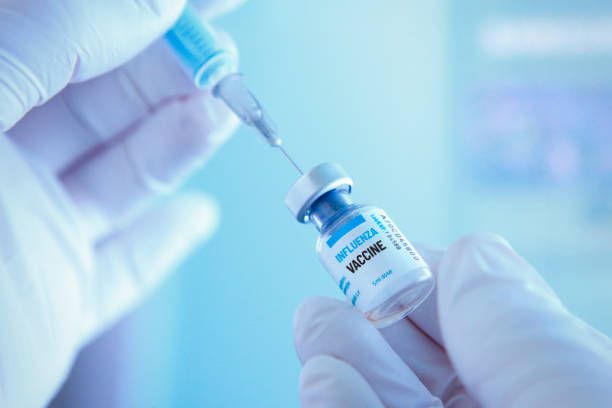Medical worker preparing influenza vaccine for vaccination.
Image credit: Unsplash

The study assesses how reactogenicity of the inactivated influenza vaccine (IIV) correlates with its immunogenicity. Healthy adults experiencing higher reactogenicity from the IIV would develop higher antibody titers compared to those reporting lower reactogenicity.
Primary Outcome: Participants with higher reactogenicity exhibited significantly higher estimated log-transformed hemagglutination inhibition (HAI) titers, indicating a robust immune response.
Secondary Outcome: There was a notable increase in HAI titer fold change between day 0 and day 28 among participants with higher reactogenicity, suggesting a more pronounced antibody response.
“These findings underscore the importance of considering reactogenicity as a potential indicator of vaccine efficacy,” according to the investigators. “Understanding how individuals respond to vaccines can inform personalized vaccination strategies and ultimately enhance public health efforts against influenza.”
A secondary analysis of the TIV-MNP 2015 trial, involved a randomized phase 1 clinical trial comparing the immunogenicity and reactogenicity of a trivalent IIV administered either via microneedle patch (MNP) or intramuscularly (IM) using a hypodermic needle.
Participants were monitored for solicited adverse events for eight days post-intervention, while HAI antibody titers were measured on days 0, 28, and 180.
Statistical analysis revealed that reactogenicity was inversely related to baseline H3N2 humoral immunity, particularly in the intramuscular administration group. However, individuals experiencing higher reactogenicity demonstrated a greater relative antibody response, although the absolute response magnitude remained comparable.
The study, which accounted for various confounding variables such as age, sex, BMI, race, ethnicity, and prior IIV history, provides crucial insights into optimizing vaccine delivery strategies and understanding individual immune responses. These research efforts contribute significantly to our understanding of vaccine efficacy and pave the way for more targeted vaccination approaches for individual needs








